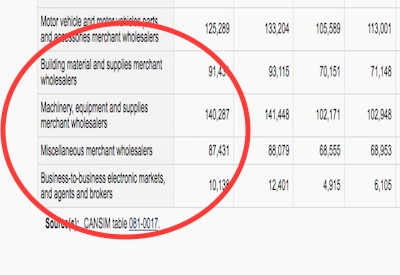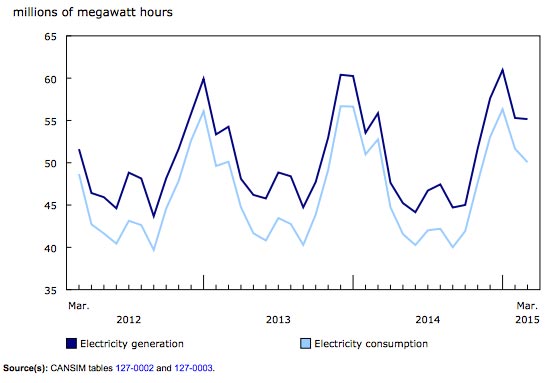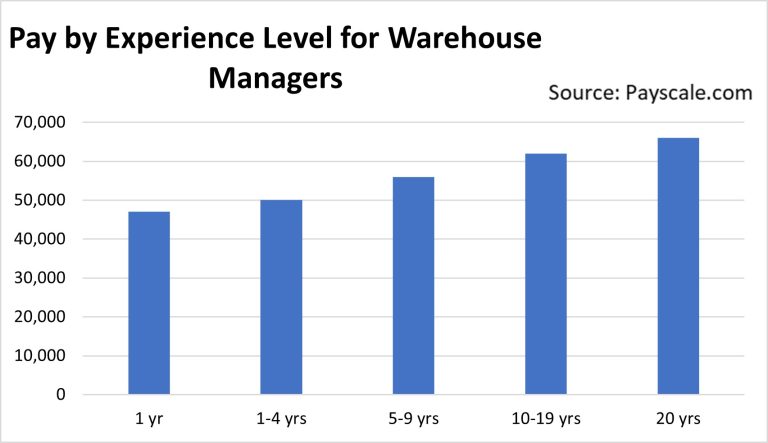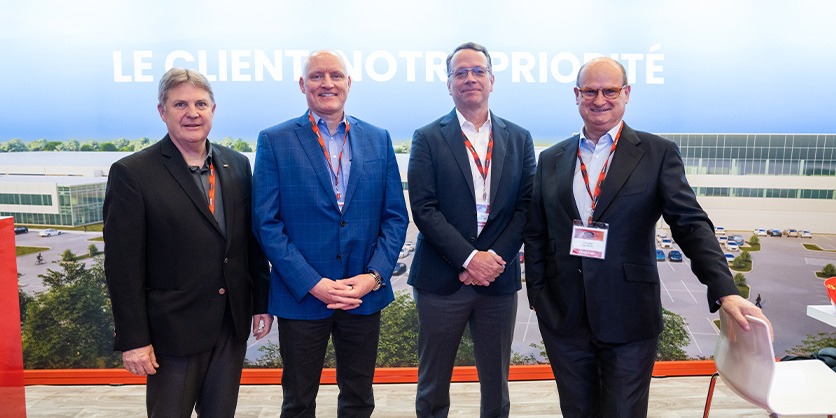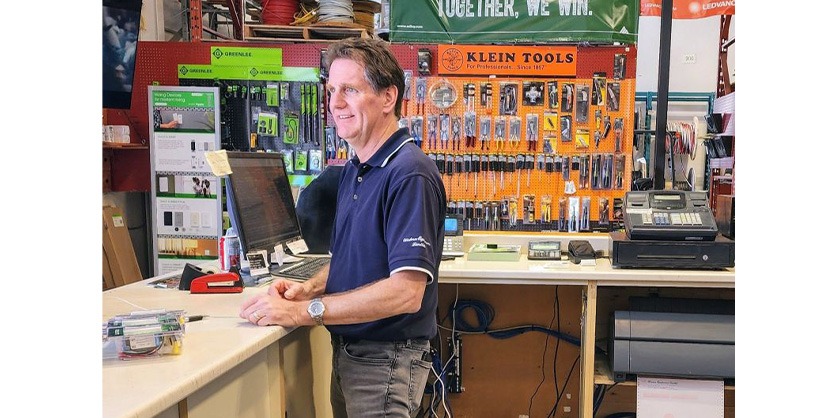Inside the New-Age ERP: What Electrical Suppliers Should Expect From Modern Software
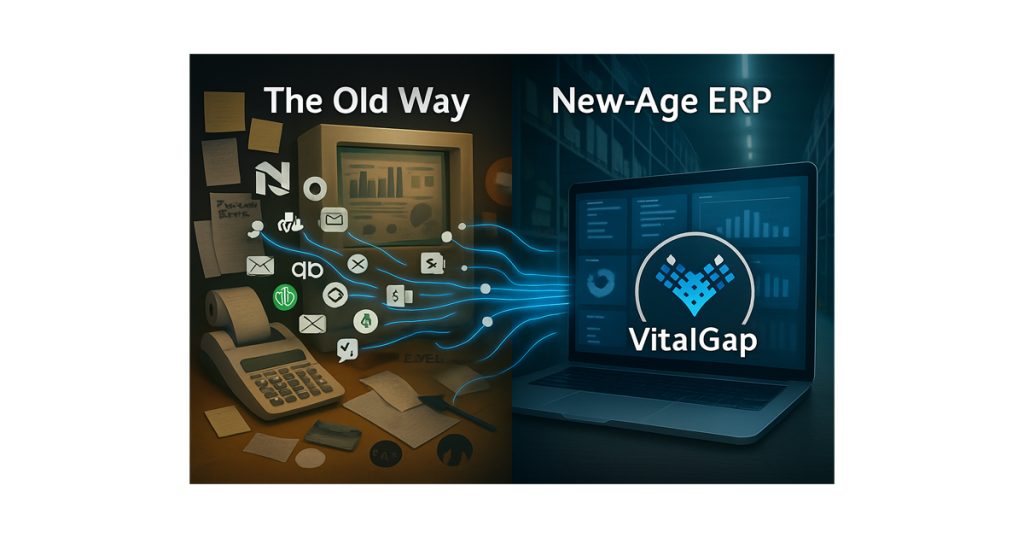
October 17, 2025
By Saquib Khan, Co-founder of VitalGap
The electrical supply industry is evolving fast and not just in product lines or customer expectations. What’s changing most rapidly is behind the scenes: how suppliers run their businesses, track inventory, process orders, manage pricing and keep everything moving with as little friction as possible.
At the heart of that transformation is software.
And more specifically: ERP systems.
But here’s the truth most people won’t say out loud:
The average ERP isn’t built for electrical distributors.
That’s why a new generation of software often called “new-age ERP” or distribution management platforms is reshaping how modern suppliers operate.
If you’re evaluating your next move, here’s what you should expect from ERP software in 2025 and beyond.
1. Purpose-Built for Electrical Distribution
Most legacy ERP systems were designed decades ago for manufacturing, retail, or finance-first businesses. Distributors often get shoehorned into workflows that don’t fit the way they actually sell, stock or quote.
Modern ERP software should be purpose-built for your day-to-day realities, like:
● Managing multi-location inventory
● Creating fast, accurate quotes with variable pricing
● Tracking vendor performance and POs
● Handling complex job orders and project-based billing
● Managing sales reps and margin visibility in real time
The system should feel like it understands your business, not like you’re bending your business to fit it.
2. Mobile-Ready, Field-Friendly
In the electrical industry, business doesn’t just happen behind a desk. Reps are on job sites. Orders are approved on phones. Inventory needs checking in real time.
Modern ERP should be:
● Accessible from any device, anywhere
● Designed for sales reps, not just accountants
● Built with responsive, intuitive interfaces that don’t require hours of training
If your current system only works from a desktop terminal in the back office, it’s already outdated.
3. Real-Time Inventory, Not End-of-Day Reports
New-age ERP means live data and not batch reports.
You should be able to:
● View available stock across warehouses instantly
● Get alerts on low inventory and upcoming demand
● Track inbound shipments and customer orders in motion
● Avoid costly over-ordering and missed sales
When a contractor calls asking, “Do you have 200 of these in stock?” you shouldn’t have to say, “Let me get back to you.”
4. Works With (Not Against) the Tools You Already Use
Distributors don’t need an ERP that tries to replace everything.
They need one that plays well with your stack.
Look for modern platforms that offer:
● QuickBooks, Xero, or Sage integrations
● Shopify or WooCommerce sync (if you sell online)
● APIs that allow for flexible add-ons without heavy custom code
You shouldn’t have to give up what already works, you should just be able to finally connect it all.
5. Seamless Migration, Without Consultants or Chaos
This is where most ERPs drop the ball. They tell you to “start fresh” or “rebuild your data from scratch.” Or worse hand you off to a consultant who charges thousands to migrate your info.
Modern ERP should:
● Let you bring in your full customer, vendor, and sales history
● Migrate your data cleanly from QuickBooks, Sage, or spreadsheets
● Help you pick up where you left off as if you’d been using it all along
If migration feels like starting over, it’s the wrong system.
Final Word: Software Should Feel Like a Solution and Not a Setback
Electrical suppliers don’t need more complexity. They need clarity. They need systems that give them control, not confusion.
The rise of new-age ERP, modern, mobile, industry-specific software is finally closing the gap between what suppliers need and what software can actually deliver.
If you’re exploring how to modernize your operations without losing your sanity in the process, now’s the time to take a closer look.

